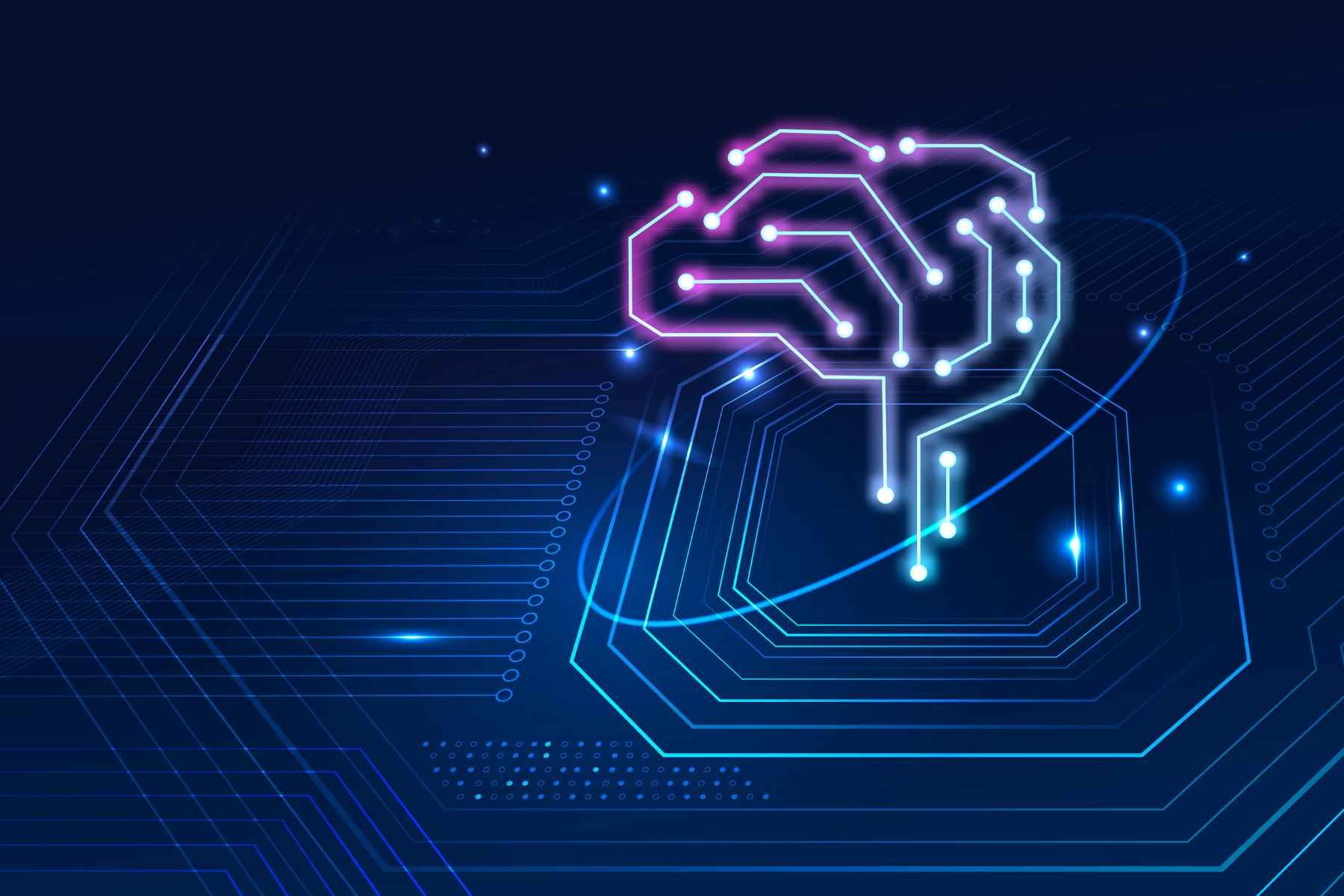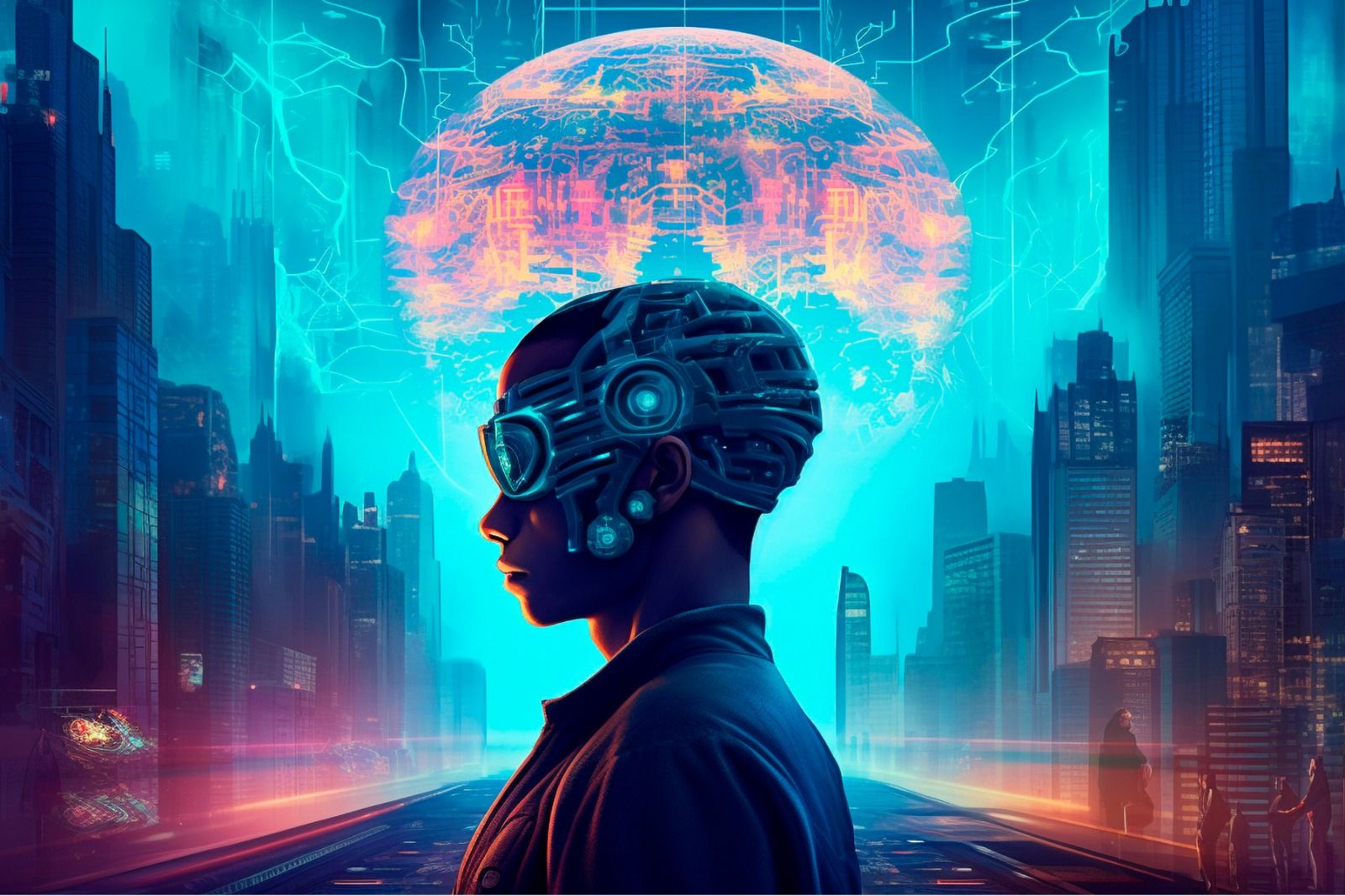Introduction
Docker is a platform that allows users to develop, ship, and run applications. It also allows users
to distinguish the applications and infrastructure so that software can get delivered quickly.
Infrastructure can get managed the same way an application gets managed. The Docker
Methodologies help in delivering the code quickly by reducing the delay that occurs between
writing code and executing the code.
Overall, Docker simplifies the application management process using containers. Containers are
like virtual machines, with the difference that they are portable, resource-friendly, and not
dependent on the operating system. Learn more about Docker and its container on E2E cloud
blogs. In this article, you will learn how to install Docker in Ubuntu 20.04. Learn the two
methods to install Docker in Ubuntu. Let us get started.
Prerequisites for Installing Ubuntu
● Ubuntu 20.04 and 64-bit OS
● Account having sudo permissions
● Command-line terminal
● Optional Docker repositories
How to Install Docker on Ubuntu 20.04
The installation of Docker on Ubuntu 20.04 is easy. It can get done using two ways as
mentioned below:
- Install Docker using the official repository
- Install Docker using the default repositories
The Method 1 that allows installation using the official repository allows users to install the
latest version. While using the default repository to install Docker, the latest version of Docker
may not get installed.
Method 1: Install Docker Using Official Repository
Step1: Update the local repository
Open the terminal window and update the local repository. Get Docker from the official Docker
website to ensure that you are using the latest version of the package.
Sudo apt update
The command lets the update process get complete.
Step2: Download dependencies
Download and install the prerequisite packages that allows Ubuntu to use Docker repositories
over HTTPS:
Sudo apt install apt-transport-https ca-certificates curl software-properties-common
The command:
● Installs curl that allows the data transfer
● Allows package manage to transfer data and files over HTTP by providing the required
permissions
● Lets the system verify the security certificates
● Manage scripts that help to manage the software
Step3: Add GPG Key
This step adds the GPG Key of Docker to maintain authenticity.
Curl –fsSL https://download.docker.com/linux/ubuntu/gpg | sudo apt-key add -
Step4: Install Docker Repository
The below command installs the Docker repository and adds it to the APT sources
Sudo add-apt-repository “deb [arch=amd64] https://download.docker.com/linux/ubuntu focal
stable”
Step5: Install the latest and updated Docker
This command updates the repository packages and package database.
Sudo apt update
Use the below command to install the latest version of Docker
Sudo apt –get install docker -ce
Step6: Verify if Docker is installed
The below command verifies the version of the Docker installed
Docker –version
The command will show the version as:
Docker version 19.03.8, build afacb8h7g0
Step7: Enable Docker service
In order to start the docker service, execute the below command
Sudo systemct1 start docker
Now, enable the docker service with the below command
Sudo systemctl enable Docker
You can also check the status of the command using the below command
Sudo systemct1 status docker
The output will show as Active: active (running)
Method 2: Installation of Docker with Default Repositories
To install the Docker with the default repository, follow the below steps
Step 1: Update Local Repository
Run the below command on the command line terminal to update the local repository
Sudo apt update
Step2: Uninstall the older Docker version
It is necessary to uninstall the older packages of Docker before installing the latest on Ubuntu
20.04
Sudo apt –get remove docker docker –engine docker.io
Step 3: Install Docker
Run the below command to install the Docker in Ubuntu 20.04.
Sudo apt install docker.io
Once the above command executes, it will ask for confirmation. Enter y and click on the Enter
button. Notification will appear after the installation completes.
Step 4: Check the installation of Docker
The below command shows the version of Docker installed.
Docker –version
Step 5: Start the Docker Service
Below command starts the docker service
Sudo systemctl start docker
After starting, enable the docker service
Sudo systemctl enable docker
Run the below command to find the status
Sudo systemctl status docker
The output will show the service as running as shown below:
Active: active (running)
The basic syntax for the Docker command
Refer the below syntax to execute the docker commands:
Sudo docker [option] [command] [argument]
Conclusion
Docker is one of the helpful tools that help to manage the application easily and reduce the
time gap within writing code and running the application. In this article, the methods of
installation of Docker in Ubuntu 20.04 are explained. Now you can install and run the Docker
commands in Ubuntu 20.04 and get all the advantages of using Docker. E2E Cloud provides
cloud solutions across all verticals, including Linux-based systems. Other services of E2E cloud
include high memory cloud, high-performance computing, high disc space, and many more.









